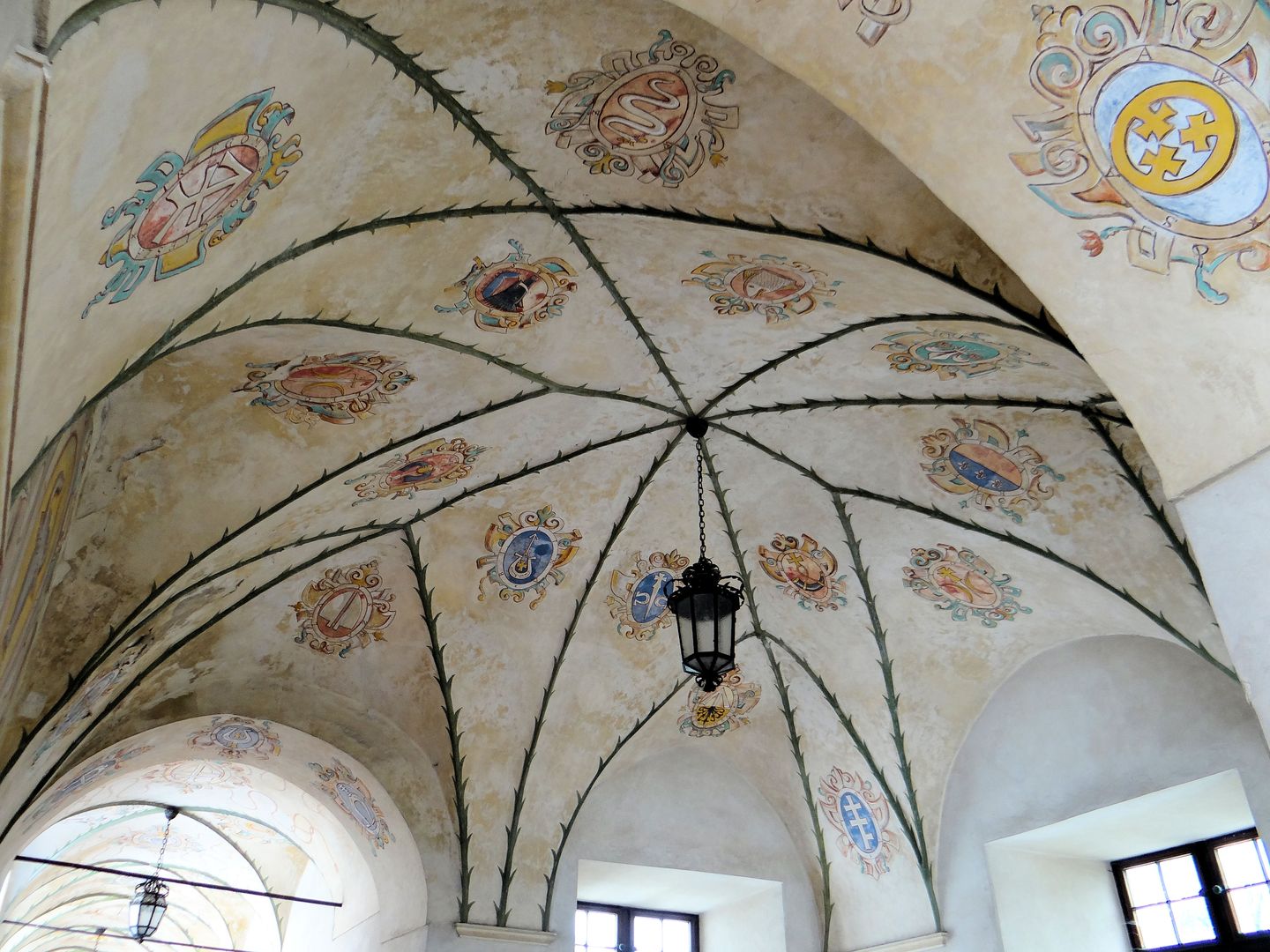Baranów Sandomierski Castle
8.21

Overview
Baranów Sandomierski Castle, known as the "Little Wawel," is a late Renaissance residence built between 1591 and 1606 according to the design of Santi Gucci. Situated in the Vistula River valley, it is a significant example of Renaissance architecture. The origins of the castle date back to the 15th century, when a knight's defensive manor stood here, passing from the Baranowski family to the Kurozwęcki family and later to the Górka family. In 1568, Rafał Leszczyński acquired the estate and began the construction of a Renaissance manor, which was later expanded by Andrzej Leszczyński. In the 17th century, the castle was transformed into a small fortress and surrounded by earthen fortifications. Over the centuries, it was owned by many prominent families, such as the Wiśniowiecki, Lubomirski, and Krasicki families, who introduced significant architectural changes and contributed to the development of the library and art collections. Fires and war damage in the 19th century significantly affected the castle's condition, and in the 20th century, it was used for military purposes and later converted into a warehouse. After World War II, it was nationalized, and restoration began in the 1960s. Today, the castle, owned by the Industrial Development Agency, is partially open to tourists, offering attractions such as a knight's armory and porcelain exhibitions. An interesting feature of the castle is its acoustics, which attracts musicians and artists. Surrounded by a 14-hectare park, the castle grounds combine English, French, and Italian-style gardens and are home to various bird species and valuable trees. The castle, distinguished by its rich ornamentation and harmonious architecture, has earned the title "Pearl of the Renaissance" and is an important landmark on the map of Poland's cultural heritage.
Location
2025 Wizytor | All Rights Reserved